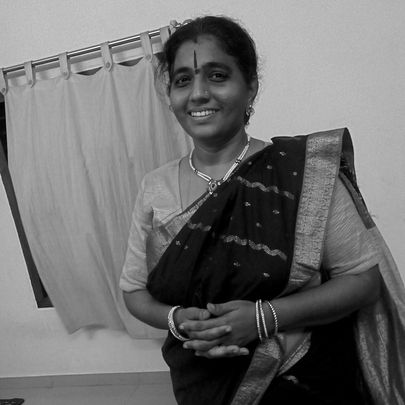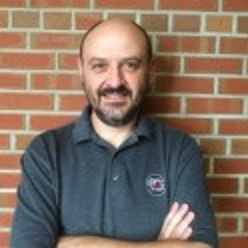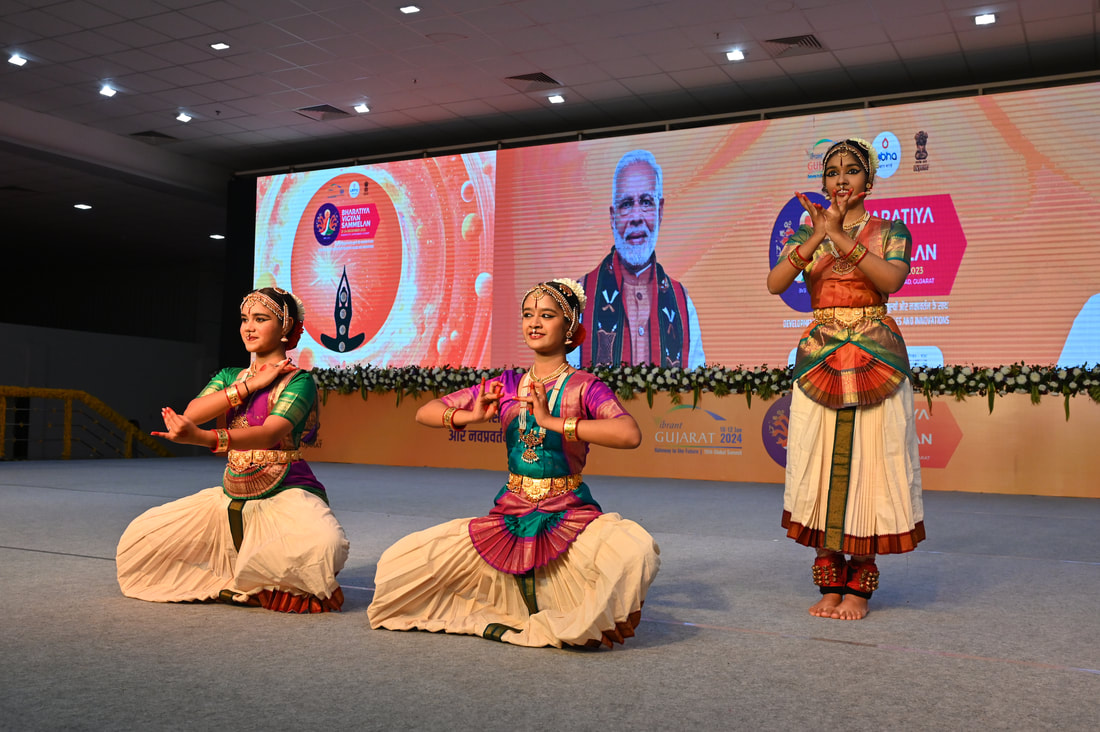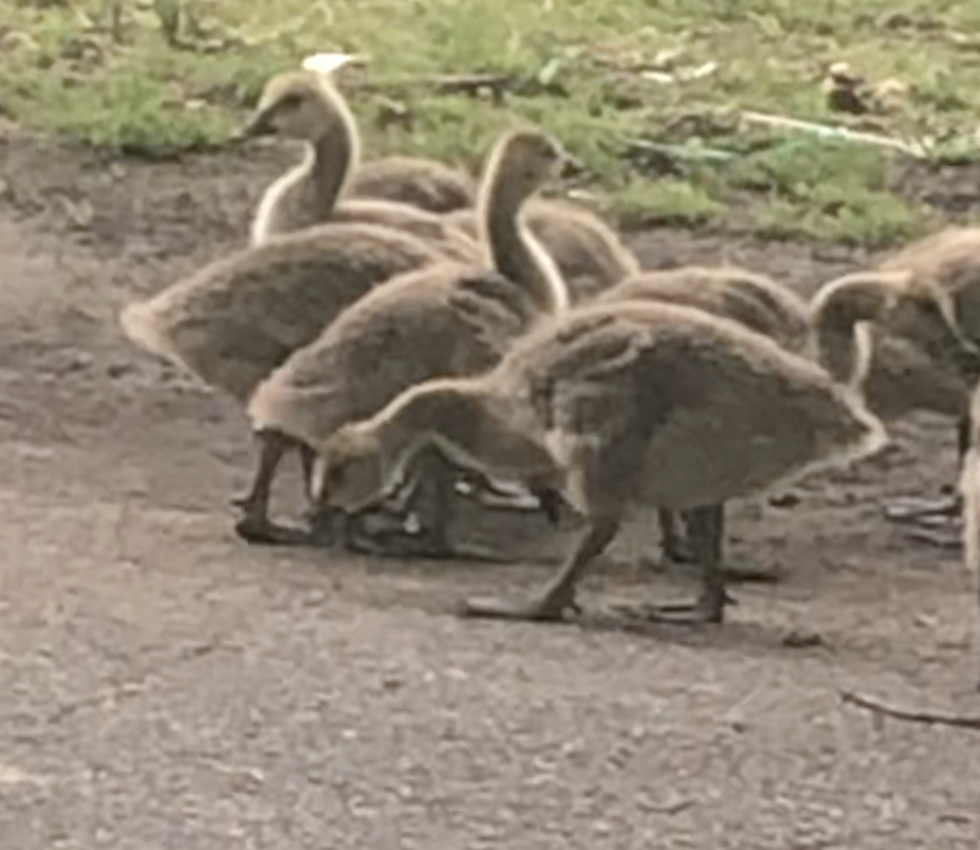Science and Dance at the 6th Bharatiya Vigyan Sammelan and Expo, AhmedabadAs the narrator (Sutradhar) for the 6th Bharatiya Vigyan Sammelan and Expo held in Ahmedabad in Dec 2023, I helped weave the dance that students of Nritya Kala Kendra did, with science. In this video, I introduce myself, the impetus for the work I do at the intersection of neuroscience and Bharatanatyam, the rationale for looking at the convergence of the arts and the sciences, and introduce the first piece the students performed, an ode to Lord Shiva. The transcript can be found under the video and in the close captions in the video. Transcript:
Namaste! My name is Dr Sloka Iyengar, and it is such a pleasure to welcome you all from New York City. I have the distinct pleasure of being the Sutradhar for today's show. I grew up in Ahmedabad and after my undergraduate work in Pharmacy I helped set up the first humane spay-neuter shelter for stray dogs in Ahmedabad. And in this role where I was working with hundreds of dogs every single day; working with pigeons and snakes and monkeys I really started observing keenly, animals and it is through animal behavior that led me to my interest in neuroscience I came to the US to pursue my doctoral work in neuroscience where I was looking at epilepsy and seizure disorders, and my question or my hypothesis was trying to address synaptic plasticity, which is a process by which synapses or the neurons in our brains change with experience. And my project entailed looking at how seizures and epilepsy impacted synaptic plasticity. After my PhD I came to New York where I am now for my postdoctoral work while I was where I was also looking at epilepsy and seizure disorders. had a break of several years in dance. I started learning dance when I was very young with Smt. Maheshwari Nagarajan and Smt Vanitha Jayan and after a break of several years when I came to New York I had the fortune (the good fortune) of starting to dance again. And as a practitioner of both science and dance, there were so many points of convergences between very specifically neuroscience and Bharatanatyam, but even broadly between the arts and the sciences that were really apparent to me. And in order to articulate these points of convergences, these intersections between these two seemingly disparate fields I started an online production I curate this production called Vichaar. The goals of Vichaar as I mentioned are to articulate what are the points of convergences between neuroscience and Bharatanatyam, and really thinking even more broadly about the impact of arts and sciences in the world around us. And my basic or my overarching guide of a question is to is to see if Bharatanatyam can really help us address how the brain works. So, as the Sutradhar for today, I will be announcing or introducing the items that students of Nritya Kala Kendra are going to perform. The first item is an ode to Lord Shiva. As we know Lord Shiva in his form as Nataraja is the cosmic dancer. He is the god of Dance. And you know thinking about why even look at this intersection, why should we look at the intersection of Bharatanatyam and neuroscience and arts and the sciences, and I think there's many reasons to do so.
0 Comments
Science and Dance at the 6th Bharatiya Vigyan Sammelan and Expo, AhmedabadAs the narrator (sutradhar) for the 6th Bharatiya Vigyan Sammelan and Expo held in Ahmedabad in Dec 2023, I helped weave science with the dance pieces performed by students of Nritya Kala Kendra. Below are a few videos and an image from the event.
Future posts will show the specific ways in which I linked neuroscience and Bharatanatyam in this event. Smt Vanitha Jayan ("Didi") In addition to Amma, another deep influence in my life as a practitioner of dance has been Smt. Vanitha Jayan (“Didi”). Her knowledge of philosophy, symbolism, her progressive outlook towards dance are all things that make me excited to share my love of dance with others. Her emphasis on the fact that books like the Natya Shastra and other texts are meant to enable creativity - not stifle it - remains one of the guiding principles of my work. Teaching Bharatanatyam out of the Indian context comes with a lot of forethought for me, and Didi remains my constant connection to what’s “allowed” vs. what is not. In her view, Bharatanatyam gives us the vocabulary to explore topics and issues that may be traditional or contemporary. In addition to dance, I remember times when Didi and I would tour old Ahmedabad city to get fabrics for an upcoming production and eat water chestnuts (Singhara) on the way. Didi is also a big proponent of including one’s local environment and current events in dance, which has led to her choreographing pieces written by Narsingh Mehta, and other pieces in Gujarati. Didi is certainly one of my biggest supporters and inspiration to use Bharatanatyam for creative aging. Smt. Maheshwari Nagarajan (Amma) I’ve been fortunate to learn from Smt. Maheshwari Nagarajan (Amma) and Sri. Nagarajan sir (Sir) at Darpana Academy of Performing Arts since I was very young, and now at Nritya Kala Kendra. I feel so lucky to be able to learn from them even now, after all these years. There are many things Amma has taught me from dance to choreography (e.g. keep things simple, don’t over-complicate choreography), attention to detail in the way of wearing a sari, lifting feet in class practice or in a performance. From the way my sari was ironed, to its pleats, Amma talks about simplicity and clarity in movement and choreography, and respect for the craft above all. In this manner, the communication of science is not that different from the communication of a story in Bharatanatyam, as we are following a story line, looking for a systematic narrative structure, and looking for clarity. Amma does not like to intellectualize dance (“get up and dance!”) and is forever patient. She encourages her students to do more, explore more, teach, and most of all, strive for excellence, not perfection. She emphasizes sustained interest over time rather than a quick burst of attention. In addition to time spent learning dance and mythology with her, there are so many occasions of eating food (jackfruit papads!), preparing food, and talking about stories. Dr. Gerardo Piroli In addition to electrophysiology, my research also consisted of some immunological techniques to better understand how the brain changes because of seizures and epilepsy. For this, I worked with Dr. Gerardo Piroli also at the University of South Carolina School of Medicine Department of Pharmacology, Physiology, and Neuroscience. His mentorship taught me to be precise while doing these experiments and the ways in which results from these techniques can be interpreted. We bonded over our love of our respective languages (Spanish for him, Hindi and Gujarati for me), his love for the Blues and Blues-inspired music, and ZZ Top. |
About SlokaMy name is Sloka. I am a neuroscientist and Bharatanatyam dancer; you can find more about me here. Archives
June 2024
|

